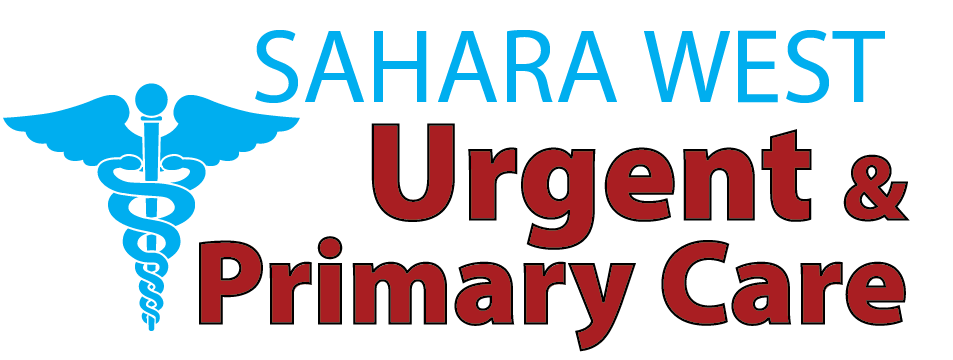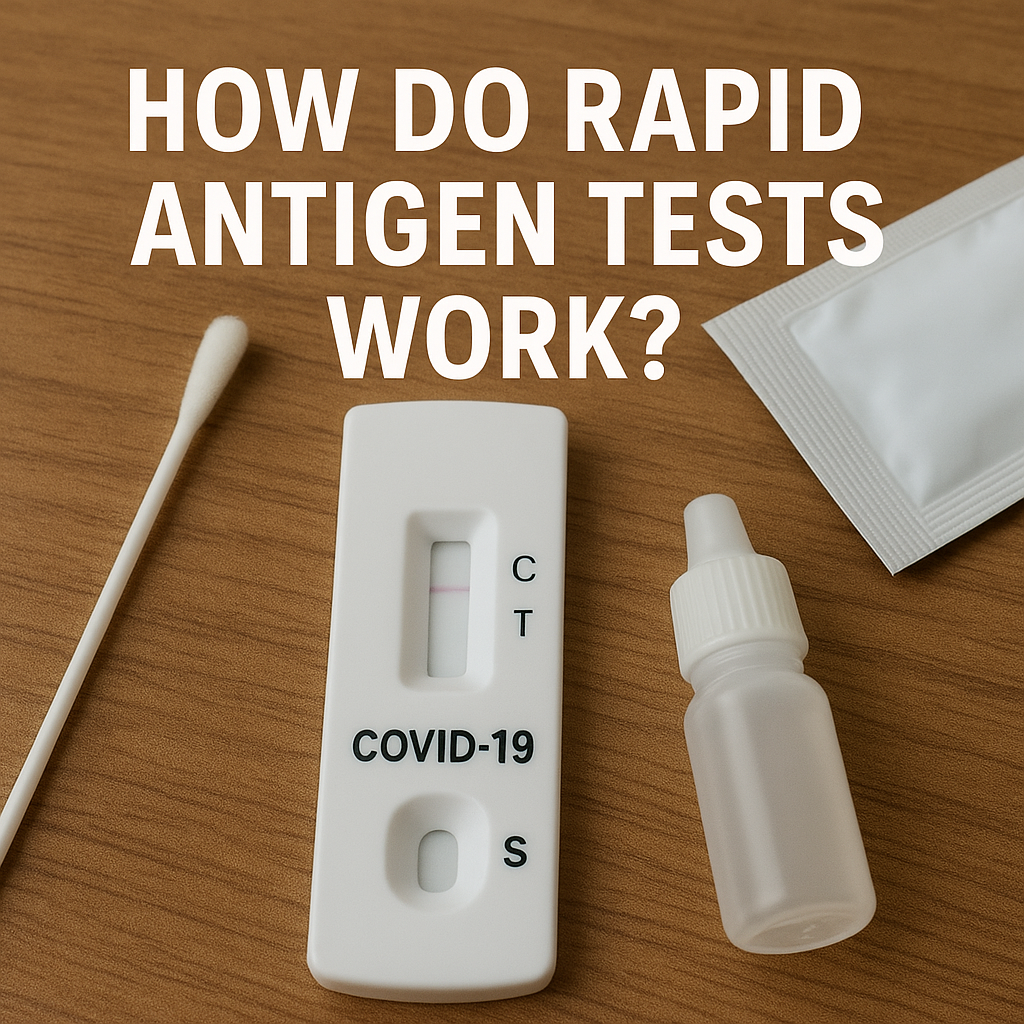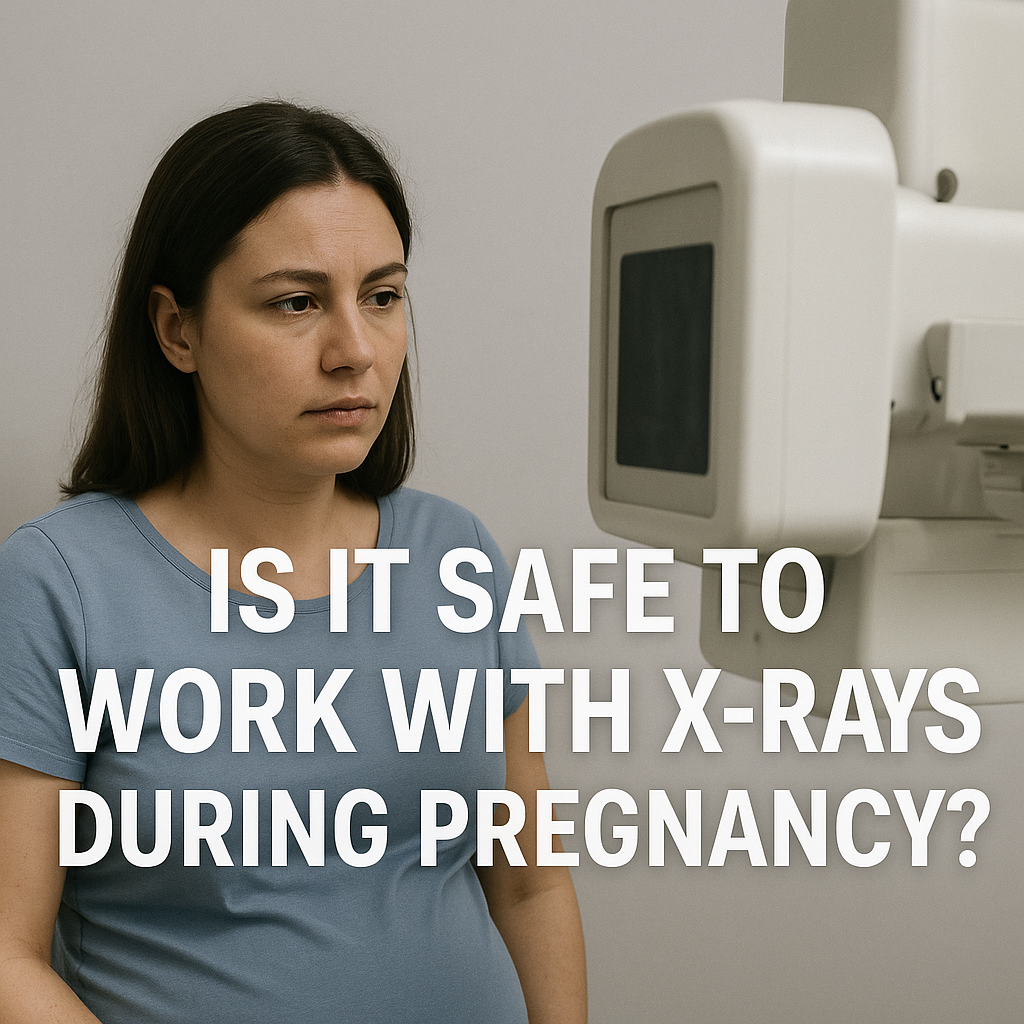Millions of people are still infected with sexually transmitted diseases (STDs) annually, yet teenagers represent one of the most susceptible groups. Unintentional exposure may be caused by limited awareness, the absence of protection, and sexual health stigma. Chlamydia is now the most widespread STD among teens of all the infections. It is important to know how it transmits, what to watch out for, and how to avoid it in order to be healthy in the future.
Why Chlamydia Is So Common Among Teens
Chlamydia is an infection caused by the bacterium Chlamydia trachomatis. It is easily transmitted during vaginal, oral, or anal sex with an already infected person. The issue with this type of infection that seems especially worrisome is that most teens do not experience any significant symptoms, which means that they can transmit it to others without being aware.
The CDC reports that an estimated one out of five new Chlamydia cases annually are in teenagers aged 15-24. This prevalence rate can be attributed to the absence of routine testing and prescribed sexual education. Lots of teenagers might not understand the significance of STD testing in Las Vegas, and when they are feeling well.
Symptoms to Watch Out For
Even though Chlamydia often shows no symptoms, some teens may experience warning signs after infection. In females, symptoms can include abnormal vaginal discharge, burning during urination, or lower abdominal pain. Males may notice a discharge from the penis, pain during urination, or swollen testicles.
Because these symptoms are mild or mistaken for other infections, Chlamydia often goes undiagnosed for months. If left untreated, it can lead to serious complications like pelvic inflammatory disease (PID) in females and infertility in both sexes.
Other Common STDs in Teens
While Chlamydia tops the list, it’s not the only STD teens should be aware of. Gonorrhea, Human Papillomavirus (HPV), and Genital Herpes (HSV) are also prevalent among adolescents.
- Gonorrhea: Often occurs alongside Chlamydia and shares similar symptoms.
- HPV: The most widespread viral infection among teens, which can cause genital warts and, in some cases, cervical cancer.
- Herpes: Leads to painful sores around the mouth or genitals and can recur over time.
All these infections highlight one thing: early education and regular STD testing are crucial for prevention and health protection.
Importance of Regular STD Testing
Regular STD testing helps identify infections before they cause long-term harm or spread to others. Because many STDs, including Chlamydia, are asymptomatic, testing is the only reliable way to know your status.
Healthcare providers recommend that sexually active teens get tested at least once a year, or more often if they have multiple partners or engage in unprotected sex. Testing is confidential and quick, with results usually available within a few days. Many clinics, including Planned Parenthood and local health departments, offer free or low-cost STD testing for teens.
How Teens Can Protect Themselves
Prevention starts with awareness and responsible decision-making. Teens can lower their risk of getting an STD by following a few simple steps:
- Use Protection: Condoms and dental dams reduce the risk of transmission during sexual activity.
- Get Tested Regularly: Routine STD testing ensures early detection and treatment.
- Limit Partners: Having fewer sexual partners lowers exposure risk.
- Avoid Sharing Personal Items: Razors, towels, or undergarments can sometimes transmit infections.
- Get Vaccinated: The HPV vaccine can prevent certain types of HPV-related diseases.
Parents and educators also play an important role in promoting open communication about sexual health. Encouraging teens to ask questions and seek help without fear of judgment can make a big difference in preventing infections.
Treatment and Recovery
If a teen tests positive for Chlamydia or another STD, treatment is available and effective. Chlamydia, for example, is easily treated with antibiotics. It’s important to follow the prescribed medication completely and avoid sexual contact until the infection is cleared.
After treatment, getting retested after three months is recommended to ensure the infection hasn’t returned. For viral infections like Herpes or HPV, medication can help manage symptoms and reduce outbreaks, though they cannot be completely cured.
Final Thoughts
Chlamydia remains the most common STD in teens, but the good news is that it’s preventable and treatable. Regular STD testing Las Vegas, honest communication, and protective measures can help teens stay safe and confident about their sexual health.
Understanding the risks early empowers young people to make informed choices, and that’s the first step toward a lifetime of good health. To schedule your appointment with the highest standard of care, visit Sahara West Urgent Care on our website, where you can also explore more informative blogs





